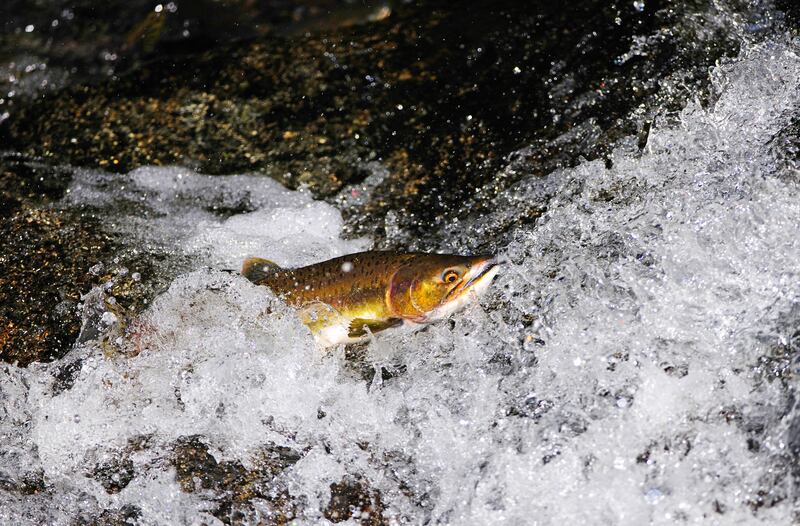The melting of glaciers through climate change could create new spawning grounds for Pacific salmon and allow new fisheries to develop in previously ice-locked areas over the next century.
Researchers believe that the retreat of the glaciers by the year 2100 in North America could open up 6,000 kilometres of new streams to salmon, with a third of the area suitable for spawning and rearing young.
A study in the journal Nature Communications suggests millions more young salmon will be born if the population is not hit by other impacts of climate change, such as rising waters and flooding. Warming waters are putting existing salmon populations at stress, the study found.
Global warming in Arctic regions is a threat to polar bears and other creatures that rely on sea ice, but salmon could thrive under the changing conditions.
The study, by researchers from Canada, Switzerland, the UK and US, examined an area of more than 623,000 sq km to identify potential new streams as the ice melts. In the decade to 2016, glaciers in western Canada lost an average of one per cent of their ice mass annually and in some regions are projected to lose up to 80 per cent by 2100.
The study said while “warming freshwater is reducing salmon habitat quality in parts of their range, glacier retreat is creating new streams and lakes that salmon can colonise”.
The impact of the changes could lead to the creation of new commercial fisheries to join the multi-billion-dollar industry. Researchers said the melting of glaciers over the last century in the Kenai Peninsula of Alaska had already allowed sockeye salmon populations to establish, leading to the opening of a commercial fishery.
However, the authors said mineral claims had already been staked in regions currently covered in ice. Mines that have been approved in previously frozen areas could threaten the salmon by affecting local water quality.
“Effective protection of Pacific salmon will entail conserving not just their current habitat, but also avoiding the degradation of their future habitat,” the study said.






